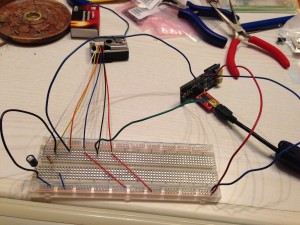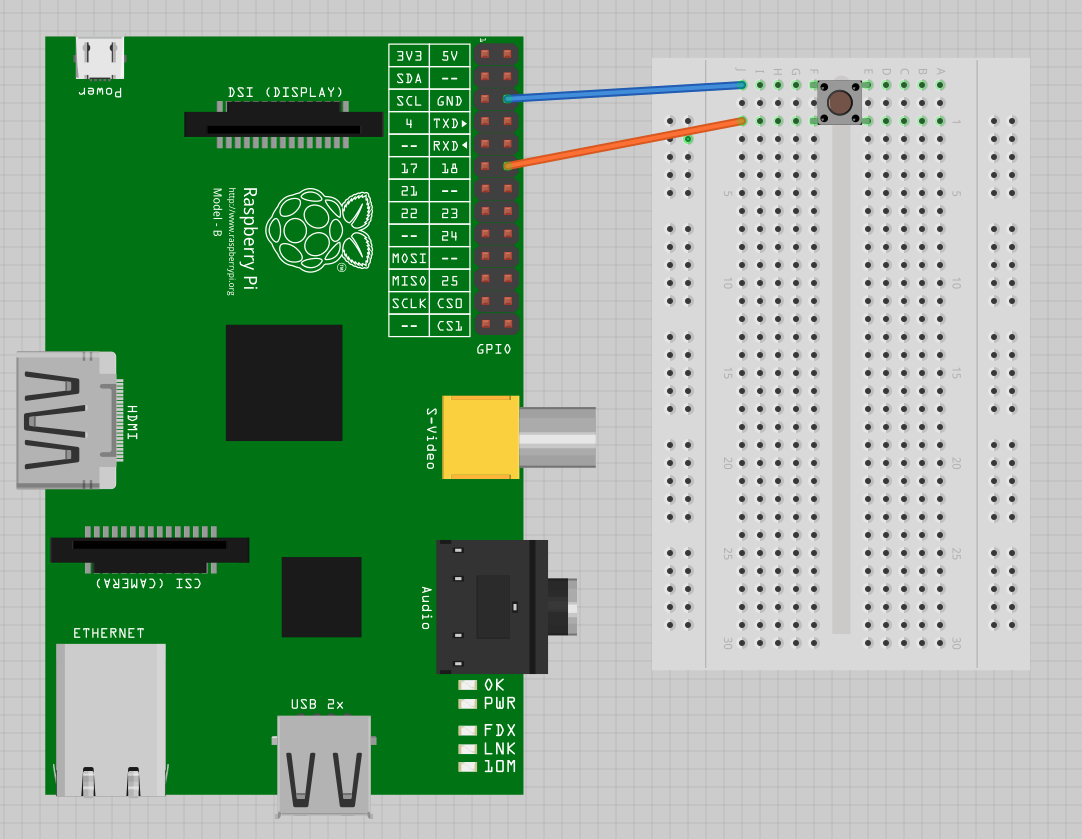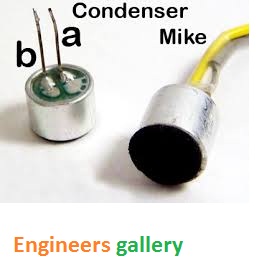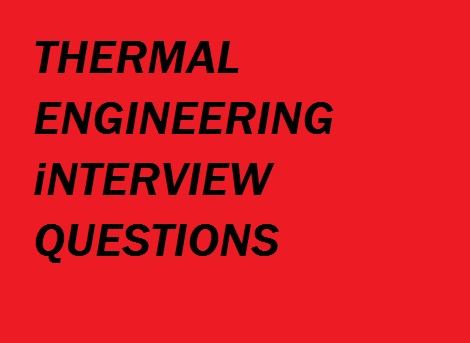Abstract
This paper presents the IMine index, a general and compact structure which provides tight integration of item set extraction in a relational DBMS. Since no constraint is enforced during the index creation phase, IMine provides a complete representation of the original database. To reduce the I/O cost, data accessed together during the same extraction phase are clustered on the same disk block. The IMine index structure can be efficiently exploited by different item set extraction algorithms. In particular, IMine data access methods currently support the FP-growth and LCM v.2 algorithms, but they can straightforwardly support the enforcement of various constraint categories. The IMine index has been integrated into the PostgreSQL DBMS and exploits its physical level access methods. Experiments, run for both sparse and dense data distributions, show the efficiency of the proposed index and its linear scalability also for large data sets. Item set mining supported by the IMine index shows performance always comparable with, and often (especially for low supports) better than, state-of-the-art algorithms accessing data on flat file.
Java Related Project:
- Free Download File Example Using Throw Java Program with source code.
- Free Download All DataMember in One IO Java Program with source code.
- Free Download Decimal To Binary conversion Java Program with source code.
Scope of the Project
The IMine index provides a complete and compact representation of transactional data. It is a general structure that efficiently supports different algorithmic approaches to item set extraction. Selective access of the physical index blocks significantly reduces the I/O costs and efficiently exploits DBMS buffer management strategies.
Existing System:
- Query response does not perform well if query patterns change. Because it uses static query workload.
- Its performance may degrade if the database size gets increased
- Tradition feature selection technique may offer less or no data pruning capability given query attributes.
Limitation of Existing System
- If the query patterns change it does not provide better result.
- Efficiency is less.
- Less reliability
Proposed System:
- We develop a flexible index selection frame work to achieve static index selection and dynamic index selection for high dimensional data.
- A control feedback technique is introduced for measuring the performance.
- Through this a database could benefit from an index change. The index selection minimizes the cost of the queries in the work load.
- Online index selection is designed in the motivation if the query pattern changes over time.
- By monitoring the query workload and detecting when there is a change on the query pattern, able to evolve good performance as query patterns evolve
Advantage
- By creating index we can minimize the searching time.
- Index will automatically adjust itself based on the query workloads over time
Modules:
User Interface Design
Initialize the abstract Representation
Calculate the Query Cost
Select Best Indexes
Calculate the performance
Description:
User Interface Design:
In this module we design the user interface for the client application. This user interface is designed to show the application of the project in the browser. The design should be adjustable to suit our application. The design of the user interface is done by using hyper text markup language (HTML) and java server pages (JSP).
Initialize the abstract Representation:
In this module we are monitoring the user queries and initialize the abstract Representation. That is administrator monitor the user input details and calculate the query workload depending upon the support and confidence.
Calculate the query Cost:
In this module we are going to calculate the query cost base upon the potential index and query set
Select the best indexes:
In this module depending upon the fact and confidence our database automatically generate the potential index .Then we will select the best index from the potential index.
Calculate the performance:
For each response of the query we are calculating the Performance. Based on that performance the index modification will be performed.
System requirements:
Hardware:
PROCESSOR : PENTIUM IV 2.6 GHz
RAM : 512 MB DD RAM
MONITOR : 15” COLOR
HARD DISK : 20 GB
FLOPPY DRIVE : 1.44 MB
CDDRIVE : LG 52X
Software:
Front End : J2EE (JAVA, JSP)
Back End : MS SQL 2000
Operating System : WindowsXP
click Here To Download











